It is an important product that creates the culinary culture and customs of the Ta Oi, Co Tu, Bru - Van Kieu ethnic groups...; it is an indispensable drink for the people in traditional festivals.
The Tr'din tree belongs to the areca family, with the scientific name Caryota urens, and usually grows at an altitude of 1,000 m (above sea level) or higher, suitable for humid, shady environments. This tree species is distributed in old forests and streams. When ripe fruit falls, forest rain, mountain floods, or birds and animals eating the fruit accidentally move them far away and sprout young trees.
The tree can grow up to 10-15 m high, trunk diameter 40-50 cm; leaf sheaths spread out around, compound pinnate leaves, divided into triangular shapes, irregularly serrated. At about 10 years old, the tree will produce bunches. A tor'din tree usually produces 4-5 bunches in 4-5 years. Each year produces a bunch, each bunch has tens of thousands of fruits, each fruit usually has 1-2 seeds. The fruit is small, concave spherical, like the areca nut, red-brown when ripe. The bunch of fruits hangs down, 2-3 m long.
To get the wine, wait until the tree has budded but not yet bloomed. First, people have to observe which tree can be used for water. Usually, at the top of the tree there is a small, pointed shoot. If it does not bloom into several small branches, then the water can be used.
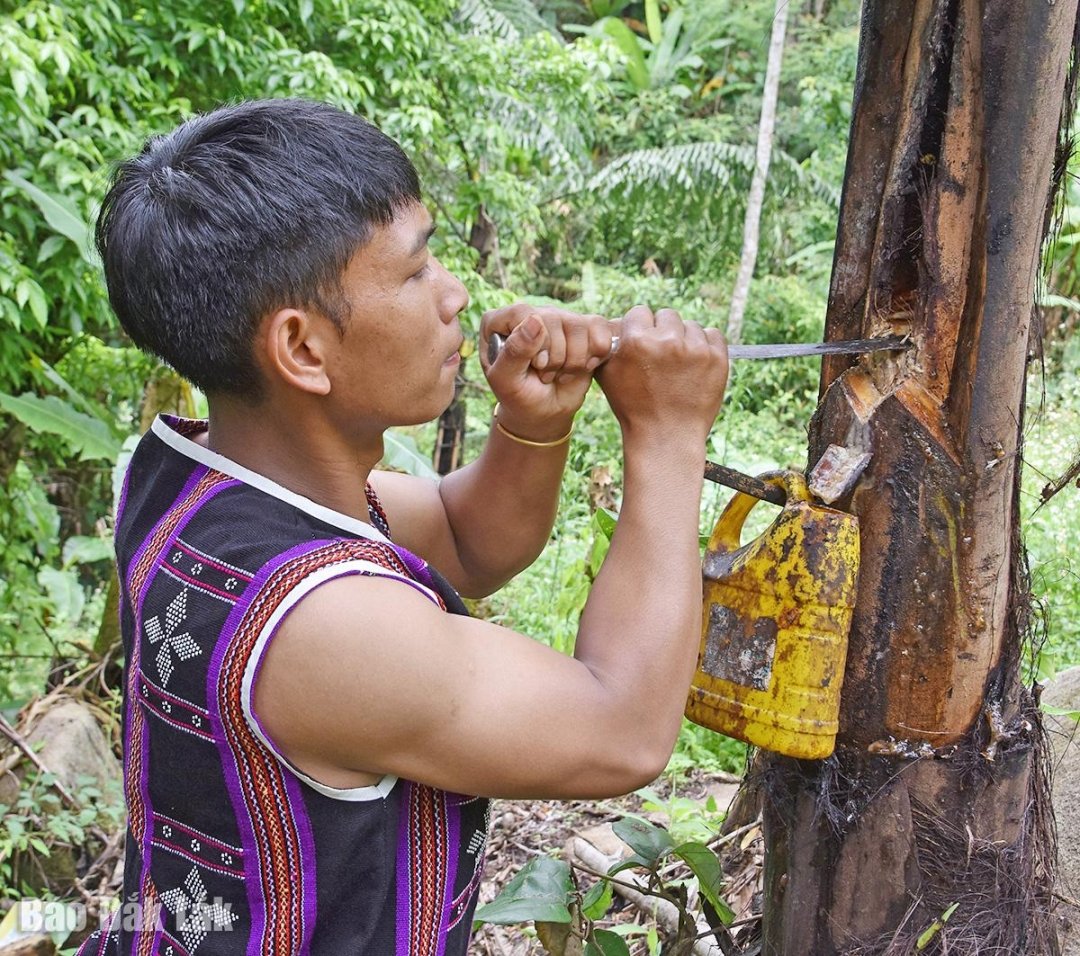 |
| Drill into the trunk of the tree to get water. |
To get the Tr'din water, the people build a sturdy trellis and climb up a ladder, using a knife to chisel along the tree trunk, close to the stem of the fruit cluster. When the tree shoots rise to the same level as the old leaves, they chisel into the tree to get the water. About 3-4 days later, when they see white, viscous water, it is a sign that the tree has started to produce water. People use a bamboo tube or a small can to catch the water underneath to get the Tr'din wine. A small trough is placed from the place where the tree trunk is chiseled to the tube to lead the seeping water out. In the tube, the bark of the Apang tree - the same family as the Garcinia tree - is already placed to ferment the wine. The cutting of the shoots must be done regularly. Each time the cutting is done, the shoots inside the tree trunk will protrude a little. Once a day, the people come to cut and collect the Tr'din water to drink. If they cut twice a day, more water will come out but it will also run out faster. When there is a festival or important guests come to visit the house or village, people go into the forest to cut and get water twice a day to have an abundant amount of wine to entertain them.
Each family chooses a few tr'din trees as their own property, each person harvests their own tree, absolutely no competition. Tr'din wine is drunk at home, in the fields, in the village house (gươl), drunk in free time and drunk at weddings, funerals... It is a type of wine that cannot be preserved for long and carried far away, so it is mainly used on the spot, and as much wine as is available is invited to enjoy together. In the village, the whole village knows which tree produces good and abundant wine. Inviting each other to drink "wine on the tree" has become a beautiful custom, most clearly demonstrating the spirit of sharing the sweet and bitter, connecting the community of ethnic minorities. Each time being invited to drink wine is also a time for neighbors to meet, visit, chat to learn more about the family situation, the difficulties of each family and find ways to help each other.
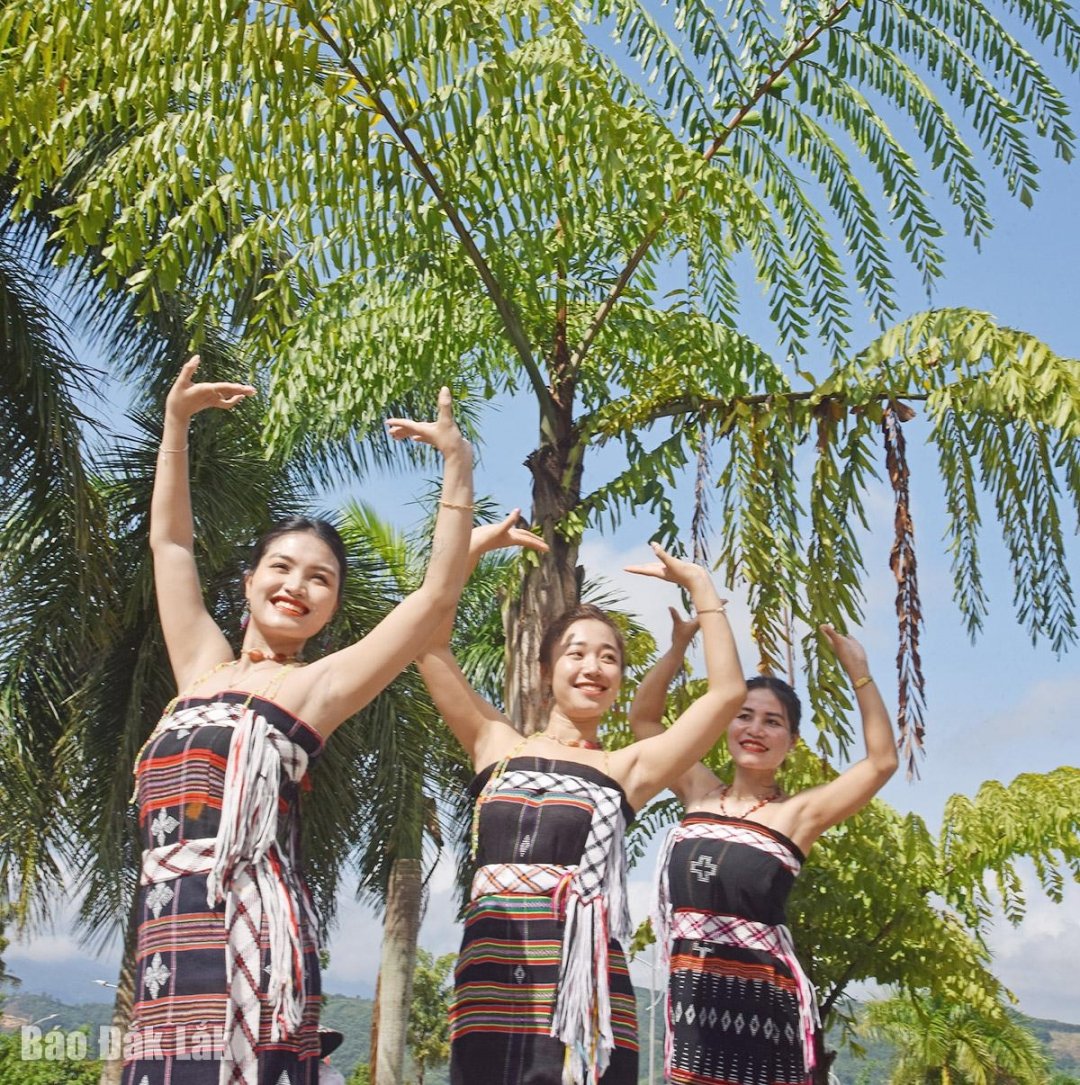 |
| Da da dance of Co Tu girls under the canopy of tor'din leaves. |
The aromatic and passionate yeast from the wild nature not only helps the body gain more strength but also pours into people's hearts noble emotions, imbued with humanity. Nowadays, people have learned how to distill and preserve wine, so that it can be kept for a long time, turning Tr'din wine into a mountain specialty, serving the enjoyment needs of people and tourists.
Tan Vinh
Source: https://baodaklak.vn/van-hoa-du-lich-van-hoc-nghe-thuat/202507/men-nong-tordin-tren-dinh-truong-son-72a104a/






![[Photo] Prime Minister Pham Minh Chinh chairs a meeting of the Government Standing Committee to remove obstacles for projects.](https://vphoto.vietnam.vn/thumb/1200x675/vietnam/resource/IMAGE/2025/10/06/1759768638313_dsc-9023-jpg.webp)
![[Photo] Prime Minister Pham Minh Chinh chaired a meeting of the Steering Committee on the arrangement of public service units under ministries, branches and localities.](https://vphoto.vietnam.vn/thumb/1200x675/vietnam/resource/IMAGE/2025/10/06/1759767137532_dsc-8743-jpg.webp)
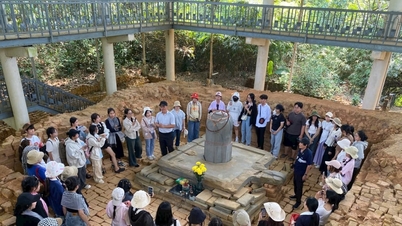


















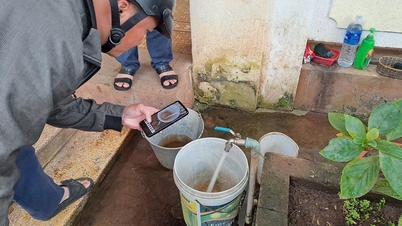




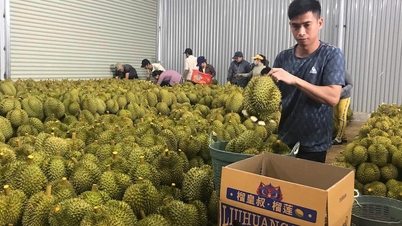




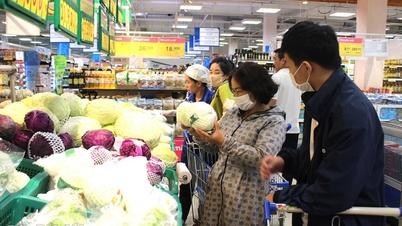


































































Comment (0)